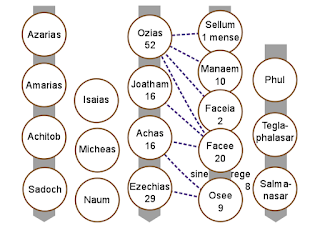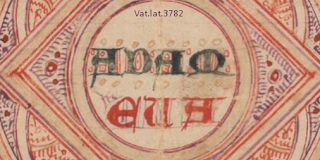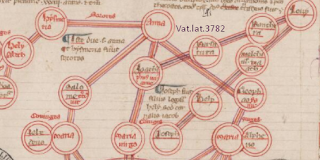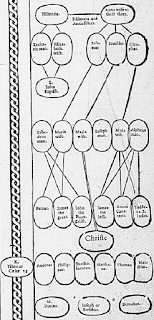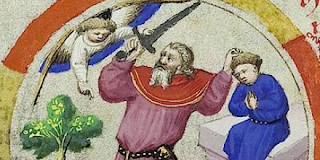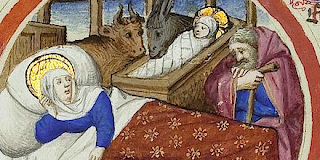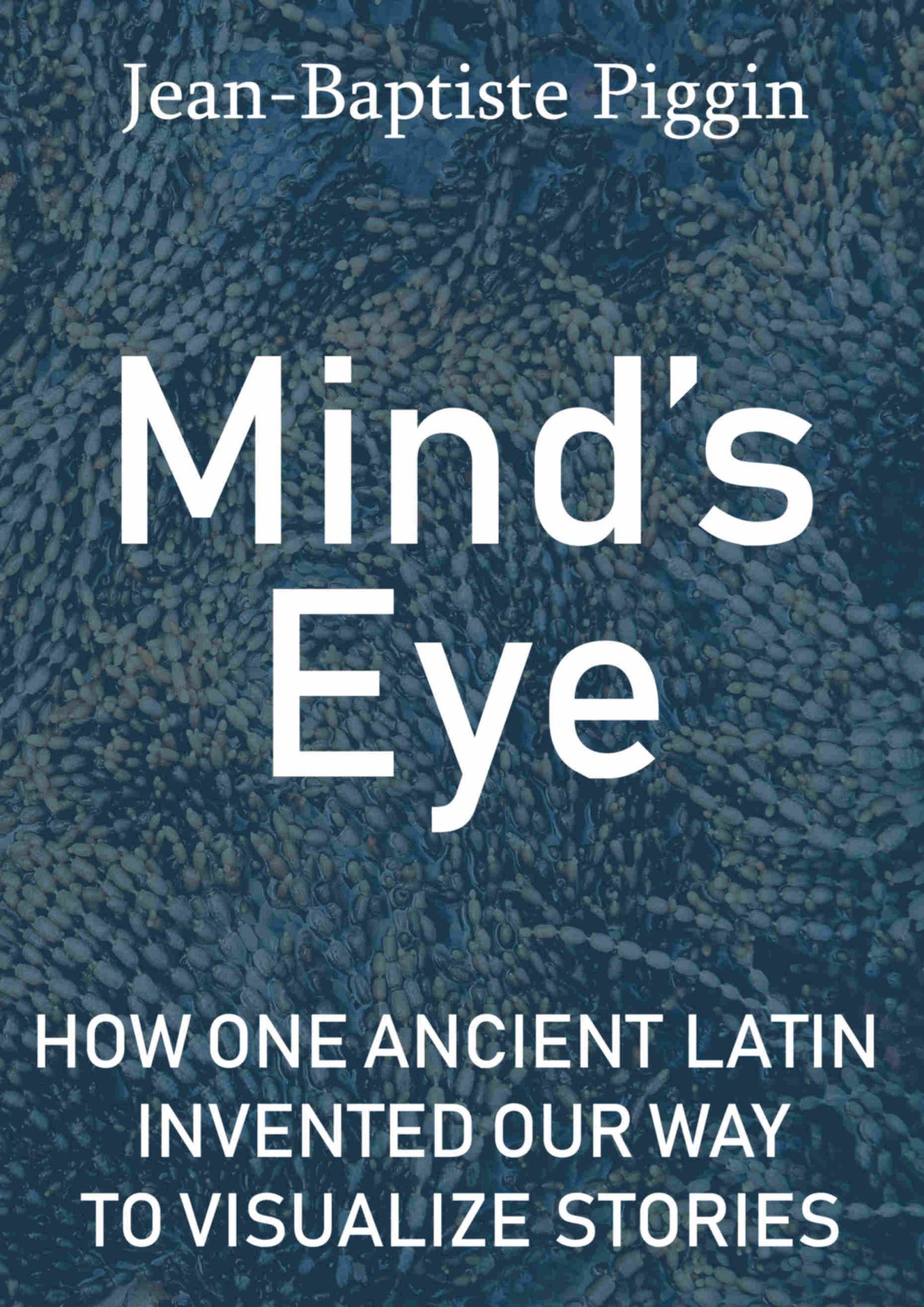A much-delayed book on the topic, Geschichte und Weltordnung, by Andrea Worm is due out soon. She uses the term "synoptic" for the timeline layout: What happens at the same time is laid out side by side. In the abstract below by me, you see columns respectively for chief priests, prophets, kings of Judah, of Israel and of foreign powers:
The two rolls offer a study in contrasts. Vat.lat.3782 of the late 13th century is tightly packed, more restrained in its colors, mainly black text and red figures, and has the sobriety of a 19th century architectural diagram. Here is the section matching the abstract above:
Vat.lat.3783 of the 14th century is jumpier. It generously uses blank space to order its sections, employs thinner lines, hurls more blues and golds into the diagram and presages a more 20th century style.
You'll find a long list of digitized versions of Petrus rolls (including these two) on my website, where the table can be rearranged in any order, including date, location, type and so on.
Here is the full list of the week's 12 new releases:
- Ross.2,
- Vat.lat.2338,
- Vat.lat.3004,
New online at @DigitaVaticana and listed by @JBPiggin. Important copy of Aristotle's Politics in William of Moerbeke's Latin. This marginal note was made by a medieval reader who had spotted the reference to the History of Animals!https://t.co/DeWUBItaou pic.twitter.com/rxC81NGq5m
— Pieter Beullens (@LatinAristotle) September 29, 2018 - Vat.lat.3097 (Upgraded to HQ), 15th century manuscript of science, see eTK for all entries. For example, ff. 103ra-146rb contains a text beginning: Circa primum librum de generatione et corruptione notandum ...
- Vat.lat.3554 (Upgraded to HQ),
- Vat.lat.3725,
- Vat.lat.3735,
- Vat.lat.3783, Compendium of Petrus Pictaviensis (above)
- Vat.lat.3912 (Upgraded to HQ),
- Vat.lat.3935,
- Vat.lat.3939,
- Vat.lat.3946,
